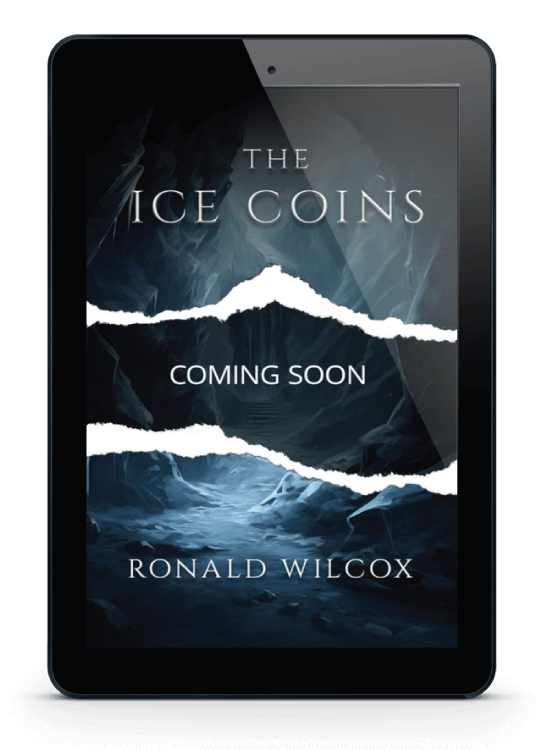Working as a physical therapist assistant across central Oklahoma, I remarried and raised two children. I grew interested in writing again as the self-publishing industry took off, spear-headed by Kindle Books. After completing a long outline for a fantasy novel, I eventually abandoned the project, not liking what I wrote in the early draft of The Viceroy of Trizodti. About this time, I saw the cover art for a computer game my son played frequently; I recalled it depicted an exotic jungle setting, similar to a Frank Frazetta painting, which stirred me to write a fantasy set in a similar world. At about this time, I took my family on a week’s vacation to the Badlands of South Dakota.
The terrain there I can only describe as other-worldly (see my gallery in About), more of a high desert than jungle. In crafting the novel, I knew I needed an engaging plot. I imagined a ranger who lived as a homesteader who would have his entire family abducted by slavers. Gallian realized he would have to organize a posse to find his family members and those of his fellow homesteaders.
The Eye of Nissi’I would start as any reader might find in a traditional Western. Book One would undergo many drafts. The earlier drafts depicted the trunk-nosed Chuide as a reptilian race of telepaths before I decided the Dracos would be the adversarial reptilian race intent on eradicating humans from their home world of Markham. To expand the plot, I soon realized I needed additional subplots that the supporting characters would need to strive for, other than helping Gallian find his children.
Though hardly original, the notion of the discovery of an ancient artifact that could open a portal began to circulate in my mind. Despite what is seen in the cover art—where a Stargate-style gate represents the Eye of Nissi’I portal—the plot required a portal that was more accessible to the characters, with dimensions that could be controlled by a magical staff with enough power to open a portal upon certain conditions. A portal to where? Well, to any location on Markham, so long as another portal is present.
Or to the null-world.
The null-world is a virtual world in an alternate dimension, described in the book jacket as “a mathematical world…where nothing is impossible and magic has replaced science.” This idea allowed me to create many situations for possible scenes, as well as complications in the plot. But even in an impossible world, there had to be rules of logic and some control of physical laws if the null-world was a functional world.
There had to be limits to the rules of magic in the null-world. This would take some effort of imagination. How to explain these rules (or physical/mathematical) laws to the reader without resorting to pseudo-science or other such gobbledygook? After all, The Eye of Nissi’I was a fantasy novel, not a science fantasy.
See my next blog for how I delineated the setting and rules of magic for the null-world.




